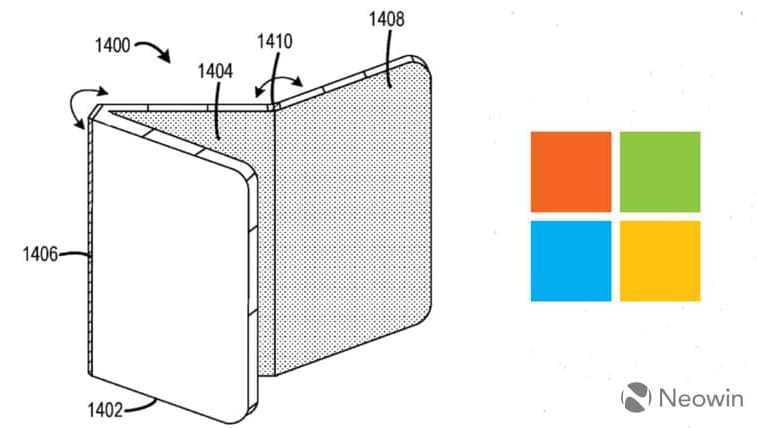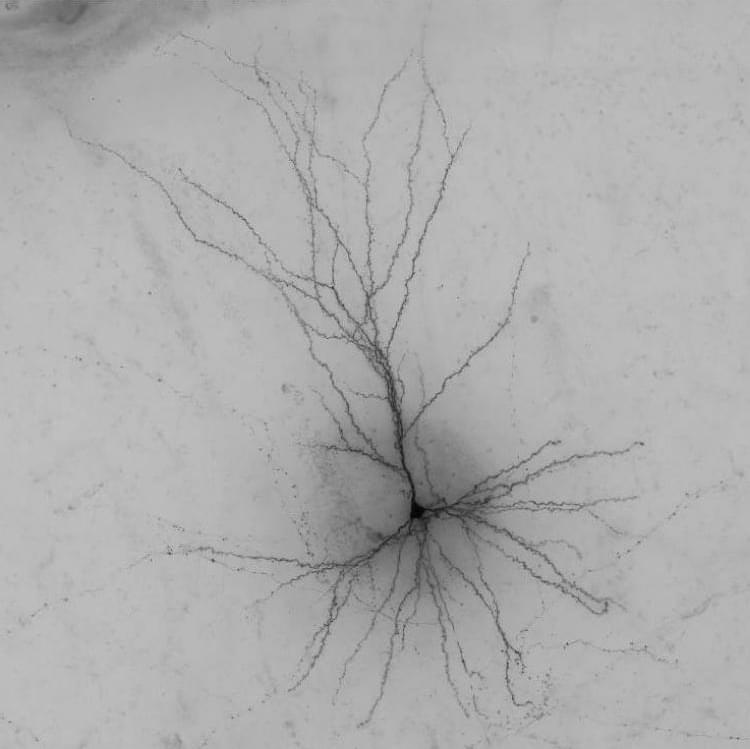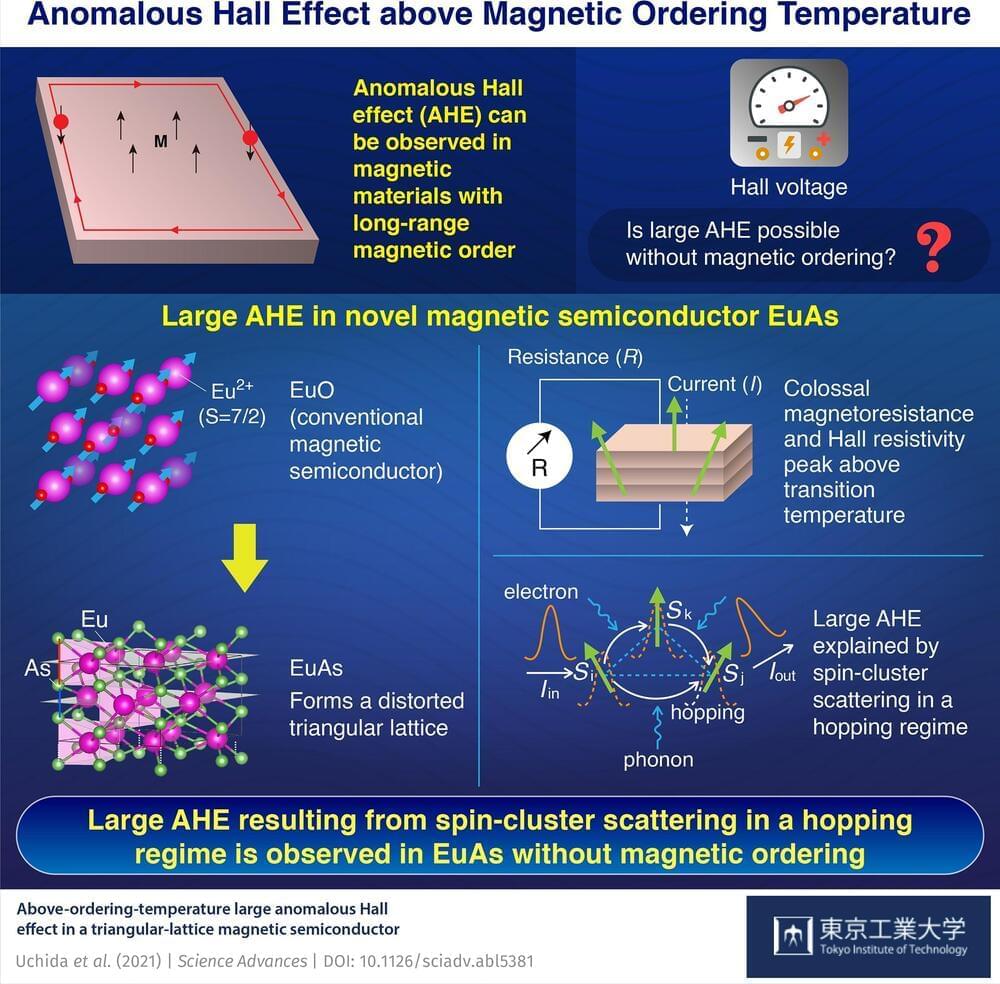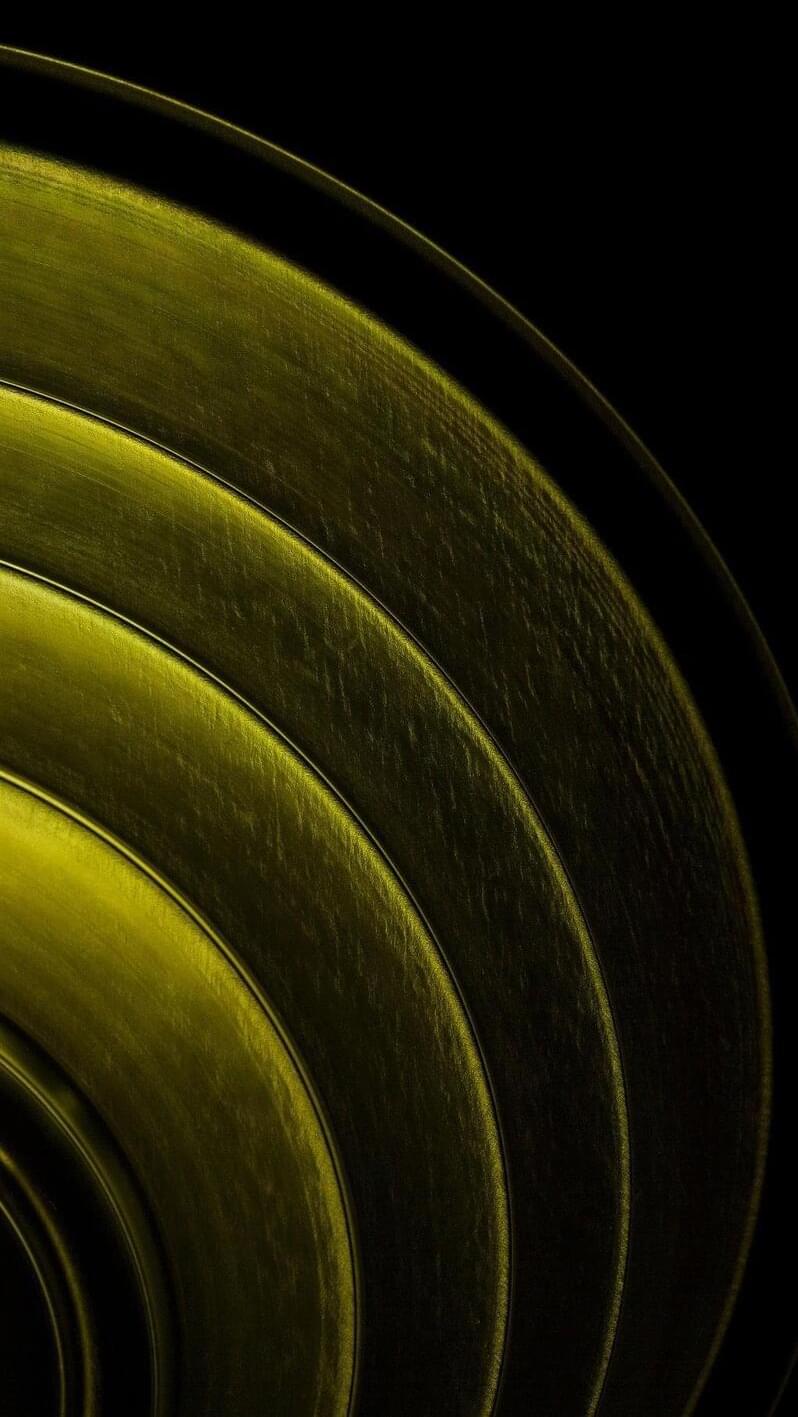GUANGZHOU — Leading Chinese search provider Baidu opened its self-developed metaverse to the public Monday, allowing users to interact and visit virtual locations through avatars.


The propensity to cry emotional tears is uniquely human. Of all the claims to human exceptionality—consciousness, intelligence, innovation—it is the liquid that falls from our eyes when we are sad, happy, jealous, angry, and grateful, more than anything else, that we can call ours, and ours alone.
And yet the act of emotional crying is poorly understood. There is remarkably little consensus about the purpose of crying, its underlying physiology, and its impact on our moods. “What intrigued me about crying is how few people in the world have been studying it,” said Lauren Bylsma, an assistant professor of psychiatry and psychology at the University of Pittsburgh. “You would think with such a ubiquitous and important behavior, there would be more known about it.”


German company Schaeffler has just revealed an innovative new drive system for electric bicycles that eschews traditional bike chains and belts for an entirely electrical-driven system. The new system is known as the Schaeffler Free Drive and marks the entry of one of the most divergent electric bicycle drivetrains we’ve seen in years.
The Free Drive, which was co-developed with electric bicycle drivetrain specialists Heinzmann, is based upon a generator installed at the bike’s bottom bracket.
The rider’s pedaling action powers the generator and converts the energy from mechanical to electrical energy.
Toyota’s cleaning robot has demonstrated new skills, revealing an ability to detect clear objects and snap perfect selfies.
The challenge: While seeing a reflection in a toaster isn’t going to stop us from knowing that it’s a toaster, robots can be easily confused by reflections, as well as transparent objects, such as glasses and windows.
Our houses are full of those tricky objects, so training robots to see them for what they are is key to bringing domestic bots into our homes.
Toyota’s cleaning robot: To ensure Toyota’s cleaning robot wouldn’t be fooled by its own reflection, they developed a training method that helps it “perceive the 3D geometry of the scene while also detecting objects and surfaces,” according to a blog post.



A large, unconventional anomalous Hall resistance in a new magnetic semiconductor in the absence of large-scale magnetic ordering has been demonstrated by Tokyo Tech materials scientists, validating a recent theoretical prediction. Their findings provide new insights into the anomalous Hall effect.
An international scientific group with outstanding Valencian participation has managed to measure for the first time oscillations in the brightness of a magnetar during its most violent moments. In just a 10th of a second, the magnetar released energy equivalent to that produced by the sun in 100,000 years. The observation was carried out without human intervention, thanks to an artificial intelligence system developed at the Image Processing Laboratory (IPL) of the University of Valencia.

An international scientific group with outstanding Valencian participation has managed to measure for the first time oscillations in the brightness of a magnetar during its most violent moments. In just a 10th of a second, the magnetar released energy equivalent to that produced by the sun in 100,000 years. The observation was carried out without human intervention, thanks to an artificial intelligence system developed at the Image Processing Laboratory (IPL) of the University of Valencia.
Among neutron stars, objects that can contain a half-million times the mass of the Earth in a diameter of about 20 kilometers, are magnetars, a small group with the most intense magnetic fields known. These objects, of which only 30 are known, suffer violent eruptions that are still little known due to their unexpected nature and their duration of barely 10ths of a second. Detecting them is a challenge for science and technology.
Over the past 20 years, scientists have wondered if there are high frequency oscillations in the magnetars. The team recently published their study of the eruption of a magnetar in the journal Nature. They measured oscillations in the brightness of the magnetar during its most violent moments. These episodes are a crucial component in understanding giant magnetar eruptions. The work was conducted by six researchers from the University of Valencia and Spanish collaborators.

Life is teeming nearly everywhere in the oceans, except in certain pockets where oxygen naturally plummets and waters become unlivable for most aerobic organisms. These desolate pools are “oxygen-deficient zones,” or ODZs. And though they make up less than 1 percent of the ocean’s total volume, they are a significant source of nitrous oxide, a potent greenhouse gas. Their boundaries can also limit the extent of fisheries and marine ecosystems.
Now MIT scientists have generated the most detailed, three-dimensional “atlas” of the largest ODZs in the world. The new atlas provides high-resolution maps of the two major, oxygen-starved bodies of water in the tropical Pacific. These maps reveal the volume, extent, and varying depths of each ODZ, along with fine-scale features, such as ribbons of oxygenated water that intrude into otherwise depleted zones.
The team used a new method to process over 40 years’ worth of ocean data, comprising nearly 15 million measurements taken by many research cruises and autonomous robots deployed across the tropical Pacific. The researchers compiled then analyzed this vast and fine-grained data to generate maps of oxygen-deficient zones at various depths, similar to the many slices of a three-dimensional scan.